Two waves of slightly different frequency create beats when added together.
Click on image for full size
Wave Beats
Sound travels in waves. You hear sound because waves hit your ear.
Sound waves are similar to ocean waves. They both have a certain
frequency. The frequency is measured in hertz, which is
one cycle per second. One wave cycle is a complete wave; both the up
half (crest) and down half (trough) are part of one cycle. People can
hear sounds between 20 and 20,000 hertz.
Waves also have a certain
amplitude. Amplitude is a
measure of how strong the wave is; the higher the amplitude, the higher
the crests and deeper the troughs. The amplitude switches between
positive and negative during each cycle. Waves are called periodic
functions because they repeat in a certain period, or time. Period and
frequency are related.
Waves don't usually reflect when they strike other waves. Instead, they
combine. If the amplitudes of two waves have the same sign (either both
positive or both negative), they will add together to form a wave with a
larger amplitude. This is called
constructive
interference. If the two amplitudes have opposite signs, they
will subtract to form a combined wave with a lower amplitude. This is
called
destructive interference. Sound waves with
higher amplitudes sound louder than sound waves with lower amplitudes.
Constructive interference will make a sound louder while destructive
interference will make a sound quieter.
Two waves that add together may have different frequencies. That means
that the crests and troughs won't add up the same way with each new wave
because one is moving faster than the other. Part of the waves will
interfere constructively and part will interfere destructively. This is
known as a
beat in music. You can hear beats when two
instruments are almost playing the same note but are not quite together.
Musicians use beats to tune instruments. Piano tuners strike a tuning
fork and then play a note on a piano. If they hear a beat then they know
they need to tighten or loosen the string for that note. When the beat
disappears, the note is in tune. This is how
Doppler could tell that
the frequency of the trumpets on the moving train had changed--he could
hear the wave beat.
You might also be interested in:

How did life evolve on Earth? The answer to this question can help us understand our past and prepare for our future. Although evolution provides credible and reliable answers, polls show that many people turn away from science, seeking other explanations with which they are more comfortable.
...more
Christian Doppler was an Austrian mathematician who lived between 1803-1853. He is known for the principle he first proposed in Concerning the coloured light of double stars in 1842. This principle is
...more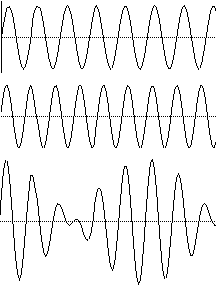
Sound travels in waves. You hear sound because waves hit your ear. Sound waves are similar to ocean waves. They both have a certain frequency. The frequency is measured in hertz, which is one cycle per
...more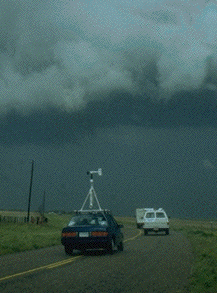
Storm chasers are different than storm spotters. Chasers travel around Tornado Alley looking for severe storms and tornadoes. This area in the Great Plains is the best for chasing because of the frequency
...more
A tornado is the most intense force in nature. That doesn't mean it's the most powerful. In fact, a thunderstorm can be 40,000 times more powerful than a tornado. Then why aren't thunderstorms as dangerous
...more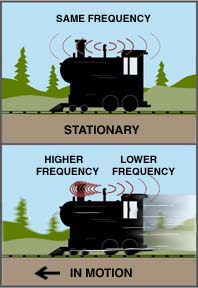
The Doppler effect was named after Christian Doppler, who first came up with the idea in 1842. He learned that sound waves would have a higher frequency if the source was moving toward the observer and
...more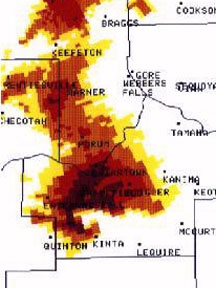
It's hard to forecast tornadoes. They don't last very long and are also very complicated. Scientists don't really know how they form, but they do where they tend to form. Using what they know about the
...more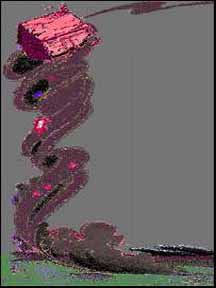
Has someone ever told you to open your windows during a tornado? Or has someone ever told you that you don't have to worry about tornadoes because the place where you live is protected? These are two of
...more









